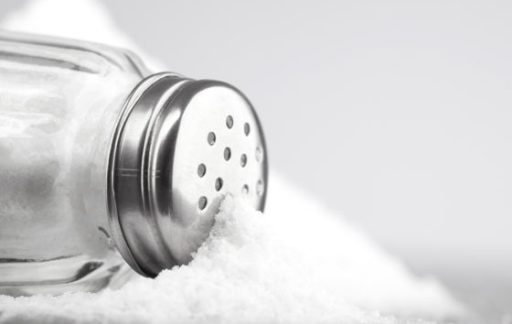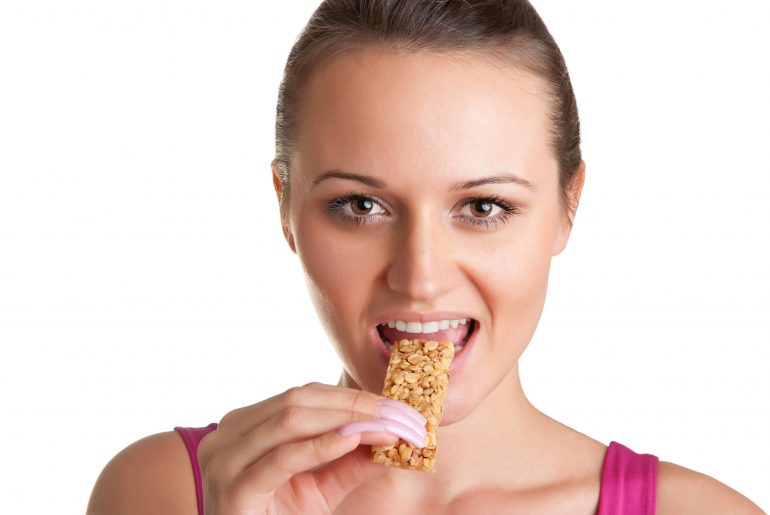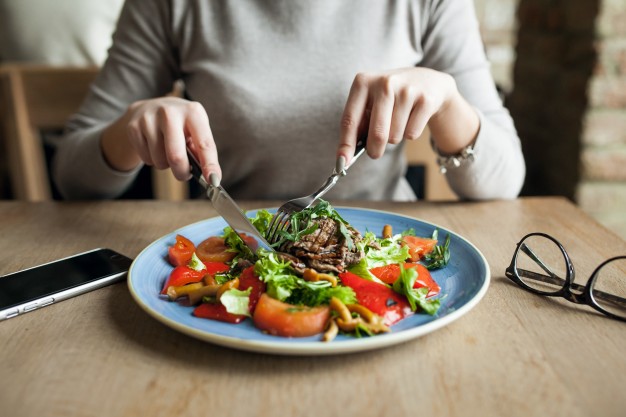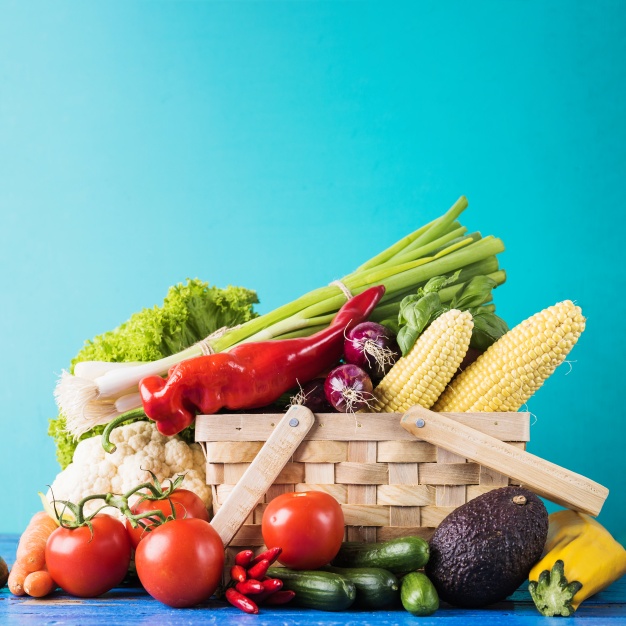It’s the month of love… the season to make fervent declarations of love, or at the very least, take care of matters of the heart. I thought February is the perfect month to have a heart to heart with you about what really matters keeping the most vital organ of your body in shape. You don’t have to be pushing 90 for this to apply to you. Heart health is of vital importance to people of all ages. Here’s a list of food you must eat to be heart-healthy.
Cinnamon: This innocuous herb has anti-clotting properties and prevents platelets from thickening the blood. Cinnamon is also extremely versatile and can be as much a part of your desserts and coffees as it can be a part of savoury dishes.
Fish: Fatty fish -like salmon -burst with Omega-3 fatty acids, which work beautifully to maintain good cholesterol levels, and also do a great job of protecting your blood vessels from damage, which could result in heart attacks later.
Krill Oil: A relatively newer kid on the block, krill oil contains vital Omega-3 fatty acids, and by virtue of that, works to protect your heart. Extracted from the krill (a kind of underwater crustacean), it is available in capsule form and has also been associated with building immunity, among other benefits.
Vegetable juice: Vegetable -and not fruit -juices are brilliant for the heart and are loaded with cancer-fighting antioxidants. Just blend three different raw veggies in a blender (not a juicer), and fill half your glass with half of the veggie pulp and top off with water. Season to taste, and drink immediately.
Turmeric: This small pinch of yellow -a staple in Indian cooking -should be a heart staple, and it helps to reduce cholesterol oxidation, the formation of clots, and also helps to lower bad (LDL) cholesterol.
Vegetables: Heart attacks happen because of the build-up of plaque, which leads to the formation of clots. Vegetables have large amounts of insoluble fibre, an excellent anti-plaguing food. Learn to heart veggies for a good heart.
Fruits: Fruits that contain potassium (plums, peaches and muskmelon) help maintain healthy blood pressure, and make sure your heart doesn’t suffer functional stress.
Oats: Oatmeal is perfect breakfast to have, especially, if you are trying to prevent heart disease or diabetes. The beta glucans (fibre present in oats) is proven to have beneficial effect on the cholesterol levels.
Nuts: Flaxseeds, pecans and hazelnuts are great sources of heart-healthy fats as well. Sprinkle them in salads, add them to your dishes or just pop a few during your day.
Green Tea: Green tea lowers LDL and triglycerides, and has a host of other health benefits.










